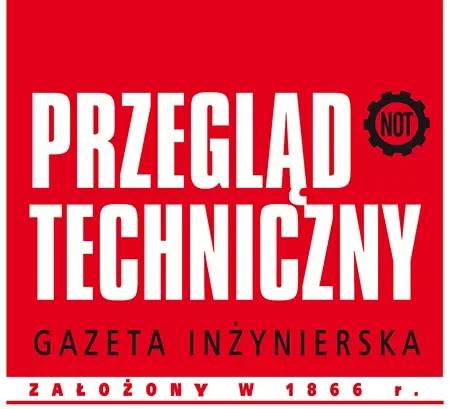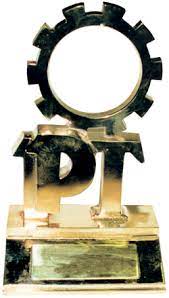There is one general conclusion from the comments published here: the most relevant technique or technology is one that has a significant socio-cultural, psychological and even political impact. Exploring these influences is a grateful field for cultural scientists and sociologists.
One significant technical phenomenon is the swimming pool. Its modern genesis is, of course, the snobbery of the richest, especially in America. She was attracted by the opportunity to enjoy bathing at different times, in clean heated water, without the company of random people. Competition in pumping systems, pool plumbing, water disinfection, filtration has begun. Large-scale solutions from municipal systems have been adapted to private scale. In addition to steady advances in disinfection (chlorinated water not very appealing), new treatment methods are entering, including. BWT’s soft, decalcified “pearl” pool water with a neutral pH. Companies are outdoing themselves with innovations in multilayer bottom and edge covering materials and water circulation methods. This is where the latest materials, resistant to corrosion, aging, fungus and pathogenic microorganisms, come in. This “pool” wave has reached us as well, and is growing as the middle class gets richer (the upper class has estates with pools abroad). Sports did not inspire – at the first Olympic Games, swimming competitions were held on natural bodies of water. In Poland, until the 1990s. The few swimming pools “for the public” were mostly sports facilities. Besides, they were considered too expensive, hence the mediocre success of our swimmers.
The precursors of “pool” technology were, of course, the Romans. Their multipurpose facilities served both hygiene, recreation, entertainment and social life. The famous thermal baths had baths, massage rooms and libraries. Cool drinks and fast food were distributed. The water from the aqueducts was constantly fresh. The hypocaustum system, where hot air flowed through channels under the floor of the pool, was adopted from the Greeks. The emperors built thermae wherever there was access to water sources. In the footsteps of Hippocrates, hydrotherapy was also practiced there, revived for good in the 19th century, today a specialty of sanatoriums.
The modern edition of Roman thermal baths are aquaparks – entertainment for children and for ordinary people rather than patricians. Sixteen of the largest in Poland compete with fancy attractions, although less popular are the “Roman” features -, that is, saunas, baths, thermal, brine and sulfur pools. They come with “beaches,” palm groves and giant slides. The Suntago Park near Mszczonow has a 45-meter deepest pool in Europe, besieged by divers. In Czeladź, the Saturn Hotel has opened a thermal baths…Roman, allegedly built according to. Pompeii term plan! The frenzy to create an artificial water environment continues. And it’s a wonder that the huge investment the business requires and the cost of maintenance have not yet attracted massive criticism. But there are advantages, such as taming the inhabitants of the dry Polish interior, who drown in the lakes every year, so learning to swim, physiotherapeutic and hygienic aspects, etc. It can be said that the pool somewhat enriches the culture.
Zygmunt Jazukiewicz





